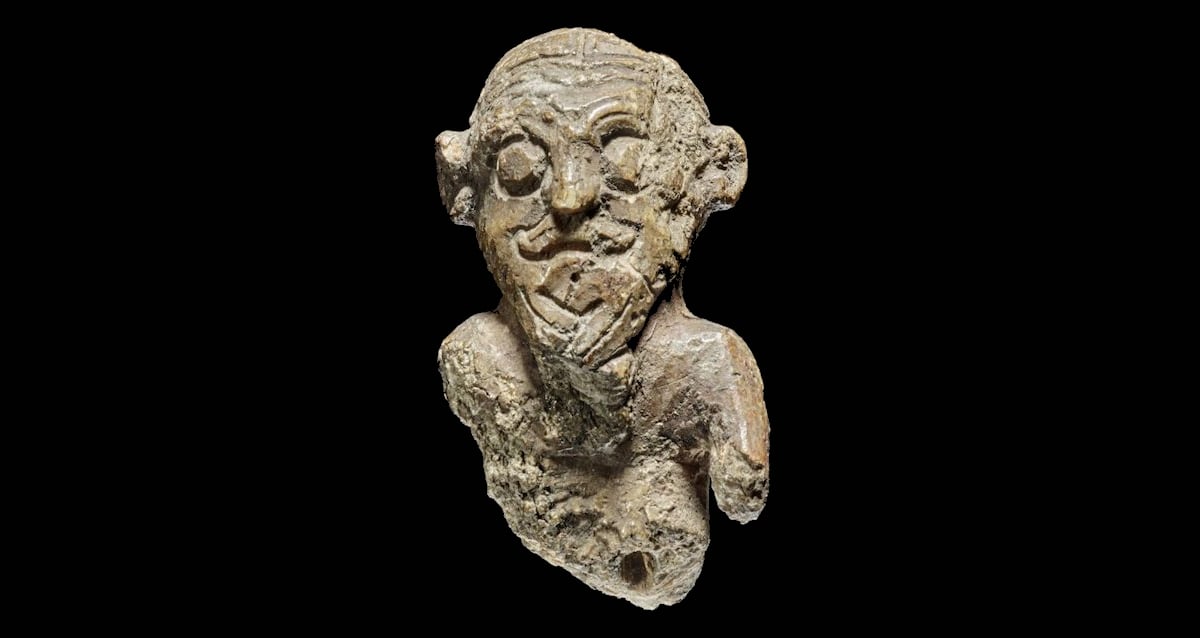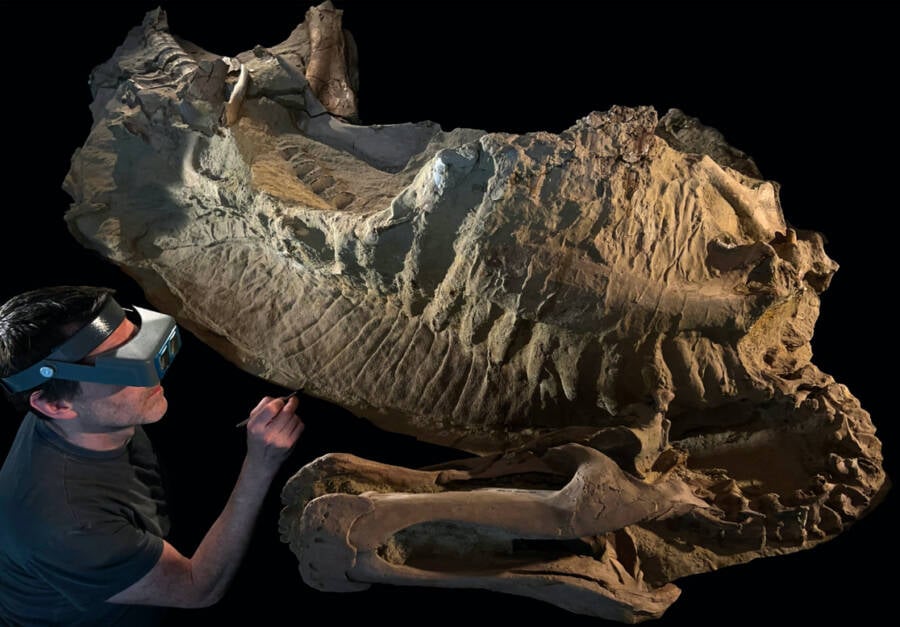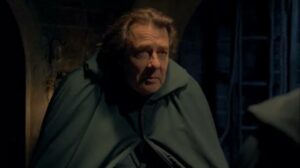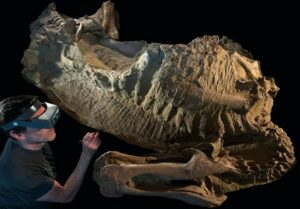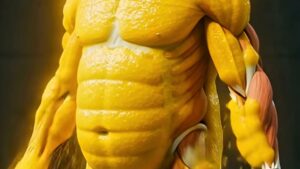Uncovered After a Millennium: The Viking Figurine That Challenges Everything We Thought We Knew About Their Appearance
Imagine trying to pin down what a Viking actually looked like when they themselves barely left a sketch of their own mugs—preferring instead to doodle critters and swirly abstract gizmos . It’s like asking a cat to describe a dog; no firsthand accounts, just artistic smoke and mirrors. Well, thanks to a tiny, three-centimeter game piece unearthed in Norway way back in 1796 and recently dusted off at Denmark’s National Museum, we’re suddenly peeking through a rare window into Viking grooming habits and style. This walrus ivory figurine, possibly a player piece from Hnefatafl—a medieval chess precursor—breaks the mold by showcasing a Viking who’s surprisingly polished, sporting an imperial mustache, braided beard, and a hairstyle that whispers “elite status” rather than “barbaric marauder.” Could this be the truest Viking selfie we’ll ever see, maybe even a nod to King Harald Bluetooth himself? It’s a stylish plot twist that flips the script on our rough-and-tumble Viking stereotypes. Ready to sail deeper into this fascinating find? LEARN MORE
Because Vikings almost never depicted themselves in their art, instead focusing on animals and abstract patterns, we have very few contemporaneous representations of these medieval seafarers.

Camille Bas-Wohlert/AFPCurator Peter Pentz with the 10th-century Viking game piece held by the National Museum of Denmark.
A small game piece recently unveiled at a museum in Denmark may be the most accurate depiction of a Viking ever found.
This 10th-century artifact was first discovered in Norway in 1796, but then sat in storage at the National Museum of Denmark for decades. Recently, however, it was rediscovered while a curator was going through their collection in preparation for a new exhibit.
After it was rediscovered, the game piece was re-examined and found to provide a rare look at Viking hairstyles and fashion. Because Vikings rarely ever depicted themselves in their art, this figurine, believed to be a piece for the game Hnefatafl, is an invaluable window into how these medieval seafarers really looked.
What This 10th-Century Figurine Tells Us About How Vikings Really Looked

National Museum of DenmarkThe Viking game piece dates to the 10th century and was likely used to play Hnefatafl.
The figurine is about three centimeters tall and is made out of walrus ivory. The piece is not in perfect condition, with its arms clearly damaged.
It dates back to the 10th century, circa the rule of Harald Bluetooth.
The man depicted on the piece is wearing an imperial mustache, a braided beard, and sideburns. On top of his head, his hair is parted at the middle, with longer hair towards the front that becomes wavy just above the ear, along with shorter hair on the back of his head. He is not wearing one of the iconic Viking helmets that are so common in modern depictions.
In all, the man shows a level of stylishness and grooming that upends assumptions about how Vikings looked.
“If you think of Vikings as savage or wild, this figure is proving the opposite, actually. He is very well-groomed,” National Museum of Denmark curator Peter Pentz told AFP.
The expensive ivory that the figurine was carved out of indicates that it was valuable, and likely belonged to a wealthy elite. In fact, the man depicted on the artifact itself may also have been an elite, as his hair was styled in a way that symbolized status and power in the Viking era.
“A hair design like his, which is very neat — you can see a little curl or tuft of hair running over the ears — (suggests) this guy is at the top,” Pentz explained. “He could be the king himself, King Harald Bluetooth.”
The figurine was likely a piece for Hnefatafl, a game that was a precursor of sorts to chess and was particularly popular in the region between the 8th to 11th centuries.
This Viking Game Piece Sat In Storage For More Than 200 Years Before Resurfacing

National Museum of DenmarkThe right profile of the Viking game piece, revealing some of its unprecedented detail regarding hairstyles of the time.
The game piece was first discovered in 1796 at an equestrian burial mound on Oslofjord in Norway. It then became one of the National Museum of Denmark’s earliest additions to their collection, receiving the number 589 out of what’s now almost 2 million artifacts.
However, it then languished in storage for decades on end. After more than two centuries in storage, Pentz stumbled upon this unique piece while combing through the collection in preparation for a new exhibit.
When Pentz found it, he was instantly struck by the very thing that makes the game piece unique: its detail. Other depictions of humans from the Viking era are much simpler. In addition, much of Viking art is known for its animal motifs, and less so for human portraits at all.
“This is the first thing that comes close to a portrait from the Viking period that I’ve seen,” Pentz said. “The most surprising thing for me is his expression. Most Viking renderings of human figures are quite simple, and they are not really human-like.”
